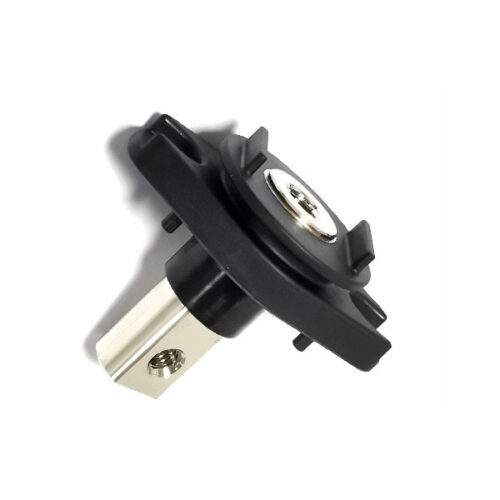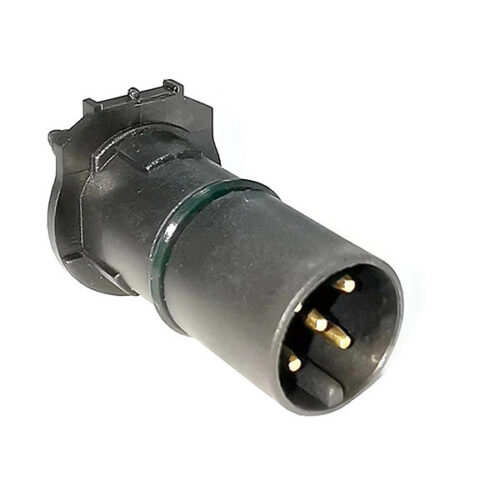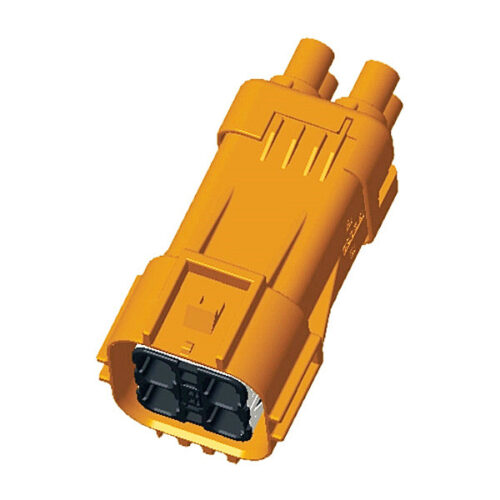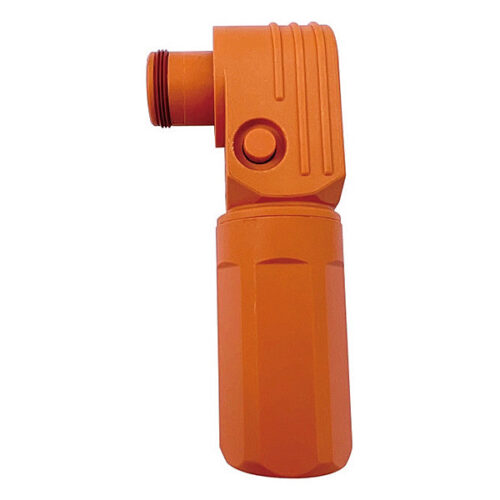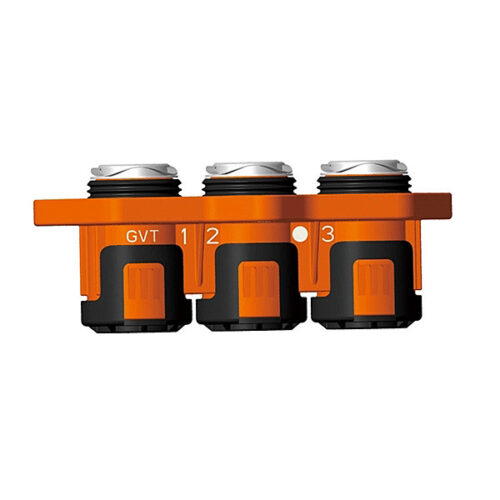Blogs & News
We are focus on automotive wiring harness & connectors technology.
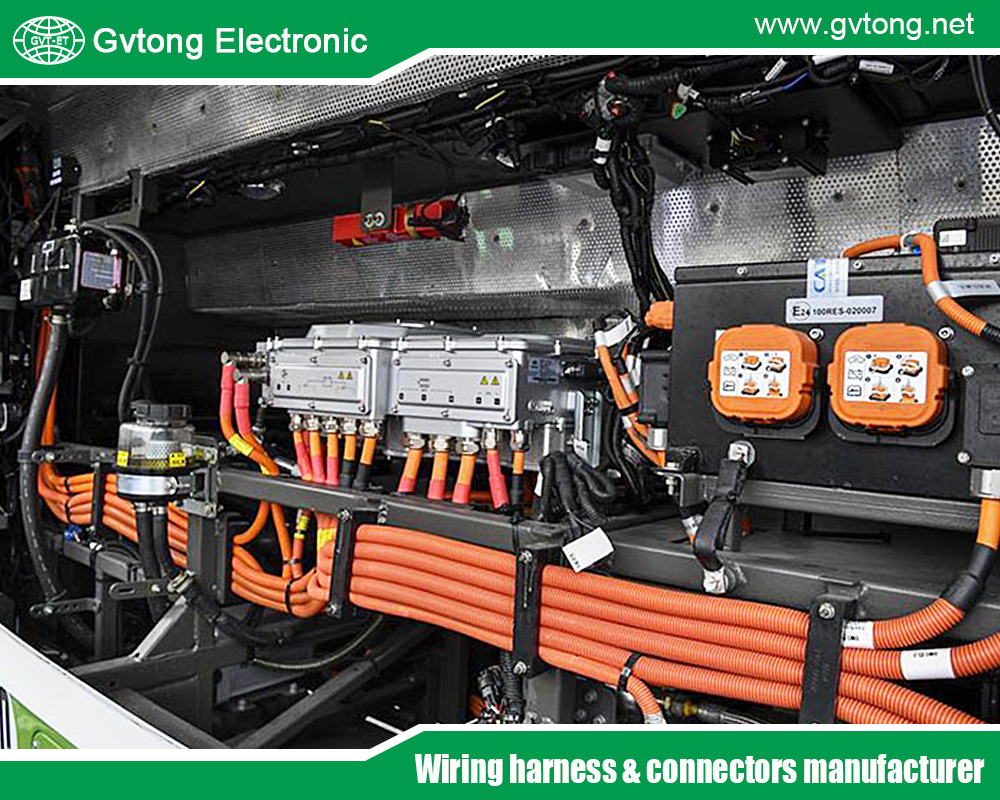
High-Seal Oil-Resistant Automotive Connectors, Universal for Trucks & Cars
- Gvtong Electronic
- 12 volt automotive wire connectors, 2p 32p Automotive Connector Terminal Crimping, adas automotive connector, ADAS automotive connector manufacturers, Anti-vibration automotive connectors, Automated assembly connectors Cost-effective automotive connectors, automotive antenna connector, Automotive Camera Connectors, automotive coaxial connector, automotive connector, Automotive Connector and Cable Products, automotive connector companies, Automotive Connector Factory, automotive connector manufacturer, automotive connector manufacturers, automotive connector market, automotive connector suppliers, automotive data connector, automotive electrical connector, automotive electrical connector manufacturers, automotive electrical connectors manufacturers, automotive electrical distribution systems, automotive High voltage connector, automotive hybrid connector, automotive Low voltage connector, automotive miniaturized coaxial connector, automotive multi pin connectors, automotive Oil-resistant Connectors, automotive power connectors, automotive pressure connectors, automotive Signal Connector, automotive waterproof connectors, automotive waterproof wire connectors, battery management system automotive connector, high current connectors automotive, high voltage connectors automotive, high-seal automotive connector, high-seal oil-resistant automotive connectors, Hybrid Automotive Connectors Manufacturer, mini-coax automotive connector, modular connectors automotive, oem automotive connectors, oem automotive electrical wiring connectors, Oil-Resistant Automotive Connector
- No Comments
High-Seal Oil-Resistant Automotive Connectors, Universal for Trucks & Cars
Introduction: The Hidden Dangers Lurking in Your Vehicle’s Wiring
In the fast-paced world of modern transportation, where vehicles are more sophisticated than ever, reliability is paramount. Imagine cruising down the highway in your trusty truck or zipping through city streets in your compact car, only to be sidelined by an unexpected breakdown. What if the culprit isn’t a flat tire or a dead battery, but something far more insidious: oil leakage infiltrating your electrical system, leading to short circuits and potential fires? This nightmare scenario is all too common in the automotive industry, affecting everything from heavy-duty trucks hauling cargo across continents to everyday passenger cars navigating urban jungles.
Oil leakage and short circuits aren’t just minor inconveniences—they can lead to costly repairs, safety hazards, and even total vehicle failure. According to industry reports, electrical issues account for a significant portion of roadside breakdowns, with moisture and contaminants like oil being primary contributors. But here’s the good news: high-seal oil-resistant automotive connectors are revolutionizing the way we think about vehicle wiring. These innovative components are designed to say goodbye to those persistent problems, offering a universal solution for both trucks and cars. In this comprehensive 2000-word article, we’ll dive deep into what these connectors are, why they’re essential, their technical specifications, benefits, installation tips, real-world applications, and the future they promise for automotive reliability. By the end, you’ll understand why upgrading to these connectors isn’t just an option—it’s a necessity for any vehicle owner or fleet manager.
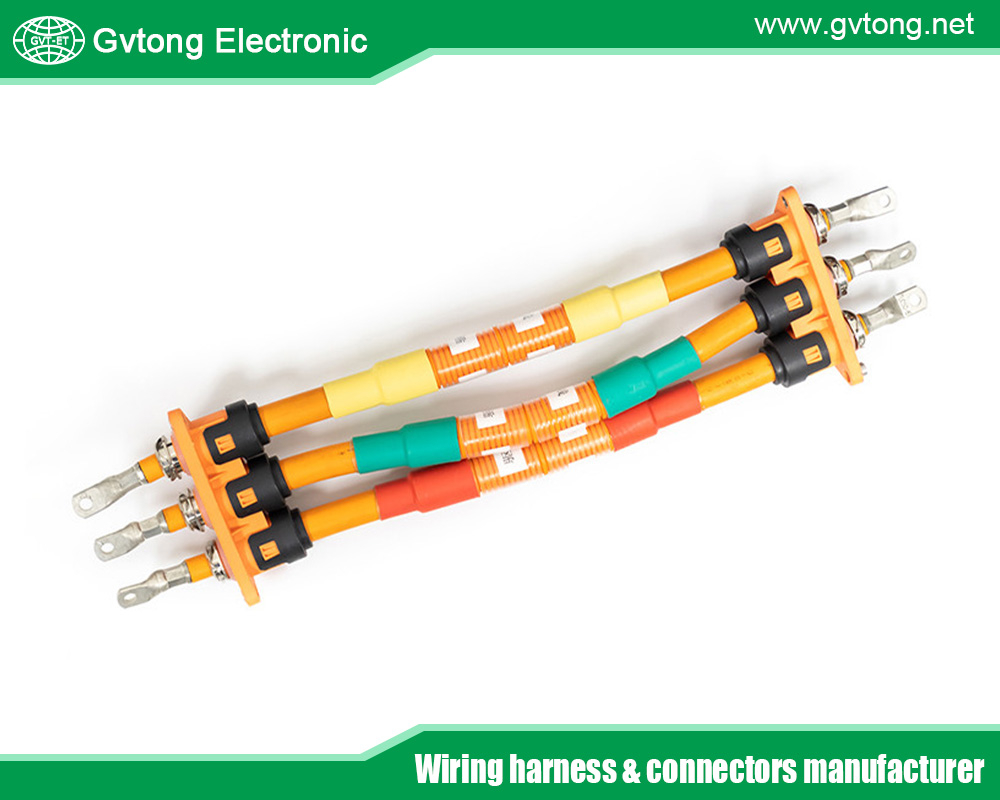
Understanding Automotive Connectors: The Backbone of Vehicle Electronics
Before we explore the high-seal oil-resistant variants, let’s establish a foundational understanding of automotive connectors. These small but crucial devices serve as the junctions where electrical wires meet, facilitating the flow of power and signals throughout a vehicle. From powering headlights and brake lights to enabling advanced features like infotainment systems, sensors, and engine control units (ECUs), connectors are the unsung heroes of modern automobiles.
In a typical car or truck, there can be hundreds of connectors, each exposed to harsh environmental conditions. Trucks, in particular, face extreme challenges: off-road vibrations, exposure to road salt, mud, and, crucially, engine oils and fluids that can seep into unprotected areas. Cars aren’t immune either; urban driving involves frequent stops and starts, temperature fluctuations, and occasional exposure to leaks from aging seals.
Traditional connectors, often made from basic plastics and metals, fall short in these demanding environments. They rely on simple rubber gaskets or no seals at all, making them vulnerable to ingress of oil, water, dust, and other contaminants. When oil leaks into a connector, it can degrade insulation, cause corrosion on pins, and create conductive paths that lead to short circuits. Short circuits, in turn, can trigger electrical failures, overheating, or even fires—risks that no driver wants to gamble with.
Enter high-seal oil-resistant automotive connectors. These are engineered with advanced materials and designs to provide superior protection. The term “high-seal” refers to their ability to achieve IP67 or higher ingress protection ratings, meaning they’re dust-tight and can withstand immersion in water up to 1 meter for 30 minutes. “Oil-resistant” indicates specialized coatings and polymers that repel hydrocarbons, preventing degradation from engine oils, transmission fluids, and fuels.
These connectors are universal, meaning they’re compatible with a wide range of vehicles. Whether you’re dealing with a Ford F-150 truck, a Toyota Camry sedan, or a heavy-duty semi-trailer, these connectors can be adapted to fit standard wiring harnesses. This universality stems from standardized pin configurations (like Deutsch, AMP, or Molex styles) and modular designs that allow for easy retrofitting.
The Science Behind High-Seal Oil-Resistant Technology
To appreciate the innovation, we need to delve into the technical aspects. High-seal oil-resistant connectors are built using cutting-edge materials science. The housing is typically made from polyamide (nylon) or polyphenylene sulfide (PPS), both reinforced with glass fibers for strength and thermal stability. These materials can endure temperatures from -40°C to 150°C, common in engine bays.
The sealing mechanism is where the magic happens. Multiple layers of protection include silicone or fluorosilicone O-rings and grommets that create a barrier against fluids. Unlike standard rubber, which swells and cracks when exposed to oil, these advanced elastomers maintain their integrity. For oil resistance, connectors often feature fluoropolymer coatings or Viton seals, which are chemically inert to petroleum-based substances.
Pin and socket designs are equally robust. Contacts are gold-plated or tin-plated for low resistance and corrosion prevention, ensuring reliable conductivity even after thousands of mating cycles. Vibration-resistant locking mechanisms, such as secondary locks or TPA (Terminal Position Assurance) features, prevent accidental disconnections during rough rides—critical for trucks traversing bumpy terrains.
Compliance with industry standards is non-negotiable. These connectors meet SAE J2030 for fluid compatibility, ISO 6722 for wire insulation, and UL 94 for flammability. For trucks, they align with FMVSS (Federal Motor Vehicle Safety Standards) requirements, ensuring they’re road-legal and safe.
In terms of universality, these connectors come in various sizes and configurations: 2-pin for simple sensors, up to 48-pin for complex harnesses. Adapters allow seamless integration with OEM (Original Equipment Manufacturer) systems, making them ideal for aftermarket upgrades in both cars and trucks.
Benefits: Why Switch to High-Seal Oil-Resistant Connectors?
The advantages of adopting these connectors are multifaceted, addressing safety, cost, performance, and longevity.
First and foremost, safety. By preventing oil leakage into electrical systems, these connectors eliminate the risk of short circuits that could cause fires or loss of critical functions like brakes or airbags. In trucks, where loads can weigh tons, any electrical failure could be catastrophic. For cars, it means peace of mind during family road trips.
Cost savings are significant. Traditional connectors often fail prematurely, leading to diagnostic troubles, part replacements, and downtime. High-seal versions last 2-3 times longer, reducing maintenance expenses. Fleet operators for trucks report up to 30% fewer electrical-related repairs after upgrading. For individual car owners, this translates to lower insurance premiums due to reduced risk profiles.
Performance enhancements are another boon. With reliable connections, vehicles experience fewer intermittent faults, improving fuel efficiency and engine response. In electric and hybrid vehicles—a growing segment for both cars and trucks—these connectors protect sensitive battery management systems from contaminants, extending range and battery life.
Environmental benefits shouldn’t be overlooked. By minimizing leaks, these connectors help prevent oil spills that could harm ecosystems, aligning with stricter emissions regulations. Their durability also means less waste from discarded parts.
Universality ensures broad applicability. A single connector type can serve multiple vehicles in a garage or fleet, simplifying inventory and training for mechanics. Whether it’s a diesel truck engine or a gasoline car transmission, these connectors adapt effortlessly.
Installation and Compatibility: A Step-by-Step Guide
Installing high-seal oil-resistant connectors is straightforward, but proper execution is key to reaping the benefits. Here’s a practical guide for DIY enthusiasts or professional mechanics.
Start with assessment: Identify problematic areas in your vehicle. In trucks, focus on engine compartments, differentials, and trailer hitches. In cars, check under the hood, near the firewall, and in wheel wells. Look for signs of oil residue or corroded pins.
Gather tools: You’ll need wire strippers, crimping tools, heat shrink tubing, and dielectric grease. Choose connectors from reputable brands like TE Connectivity, Delphi, or Yazaki, ensuring they match your wire gauge
Step 1: Disconnect the battery to avoid shocks.
Step 2: Remove old connectors by unlocking clips and pulling apart gently. Cut wires if necessary, leaving enough length for new crimps.
Step 3: Strip wires (about 1/4 inch) and insert into new connector terminals. Crimp securely—use ratcheting crimpers for best results.
Step 4: Apply dielectric grease to pins for extra protection against moisture.
Step 5: Mate the connectors, ensuring locks engage. Seal with heat shrink or tape for added security.
Step 6: Test continuity with a multimeter and reconnect the battery. Start the vehicle and monitor for issues.
Compatibility is enhanced by modular kits that include adapters for common interfaces. For trucks with CAN bus systems, ensure connectors support high-speed data transmission without interference. In cars with OBD-II ports, these upgrades won’t void warranties if installed correctly.
Common pitfalls to avoid: Over-crimping, which damages wires, or skipping seals, which defeats the purpose. Always follow manufacturer torque specs for mounting.
Real-World Applications and Case Studies
To illustrate the impact, consider real-world examples. A logistics company operating a fleet of 50 semi-trucks in the Midwest faced recurrent short circuits due to oil leaks from aging engines. After retrofitting with high-seal connectors, downtime dropped by 40%, saving thousands in lost revenue. Drivers reported smoother operations, with no more flickering lights or erratic gauges.
In the consumer space, a car enthusiast in California upgraded his vintage muscle car with these connectors. Previously plagued by electrical gremlins from oil seepage, the vehicle now runs flawlessly, even in hot desert conditions. Online forums like Reddit’s r/cars and TruckersReport.com are filled with similar success stories, praising the ease of installation and reliability.
For electric trucks like the Tesla Semi or Rivian R1T, these connectors protect high-voltage systems from contaminants, ensuring safe charging and operation. In passenger cars, hybrids like the Toyota Prius benefit from enhanced sensor reliability, preventing costly ECU failures.
These case studies underscore the universal appeal: from commercial fleets to personal vehicles, high-seal oil-resistant connectors deliver tangible results.
Comparison with Standard Connectors: Why Upgrade Now?
Standard connectors, while cheaper upfront, pale in comparison. They lack robust sealing, leading to failure rates 5-10 times higher in oily environments. Cost-wise, a standard connector might be $5, versus $15 for a high-seal version, but the latter’s longevity offsets this through reduced repairs.
Durability tests show high-seal models enduring 1,000+ hours of salt spray and oil immersion without degradation, versus mere hundreds for basics. In terms of universality, standards are often vehicle-specific, complicating parts sourcing, while high-seal options offer plug-and-play flexibility.
The upgrade is timely amid rising vehicle electrification and autonomy, where electrical integrity is critical. Delaying could mean facing stricter regulations or obsolescence.
Future Trends: The Evolution of Automotive Connectivity
Looking ahead, high-seal oil-resistant automotive connectors will evolve with industry trends. Integration with smart materials that self-heal seals or monitor integrity via embedded sensors is on the horizon. For autonomous trucks and cars, they’ll support ultra-reliable data links for AI systems.
Sustainability will drive bio-based materials, reducing petroleum dependency. Wireless alternatives may emerge, but wired connectors will remain essential for power delivery.
As vehicles become more connected, these components will be pivotal in preventing cyber vulnerabilities exacerbated by physical breaches.

Conclusion: Embrace the Future of Reliable Driving
In conclusion, high-seal oil-resistant automotive connectors are a game-changer, bidding farewell to oil leakage and short circuits. Their universal design suits trucks and cars alike, offering safety, savings, and superior performance. Whether you’re a fleet manager, mechanic, or everyday driver, investing in these connectors ensures your vehicle stays on the road, not in the shop. Don’t wait for the next breakdown—upgrade today and drive with confidence into a leak-free future.
For more about high-seal oil-resistant automotive connectors, universal for trucks & cars, you can pay a visit to Gvtong at https://www.gvtong.net/ for more info.

